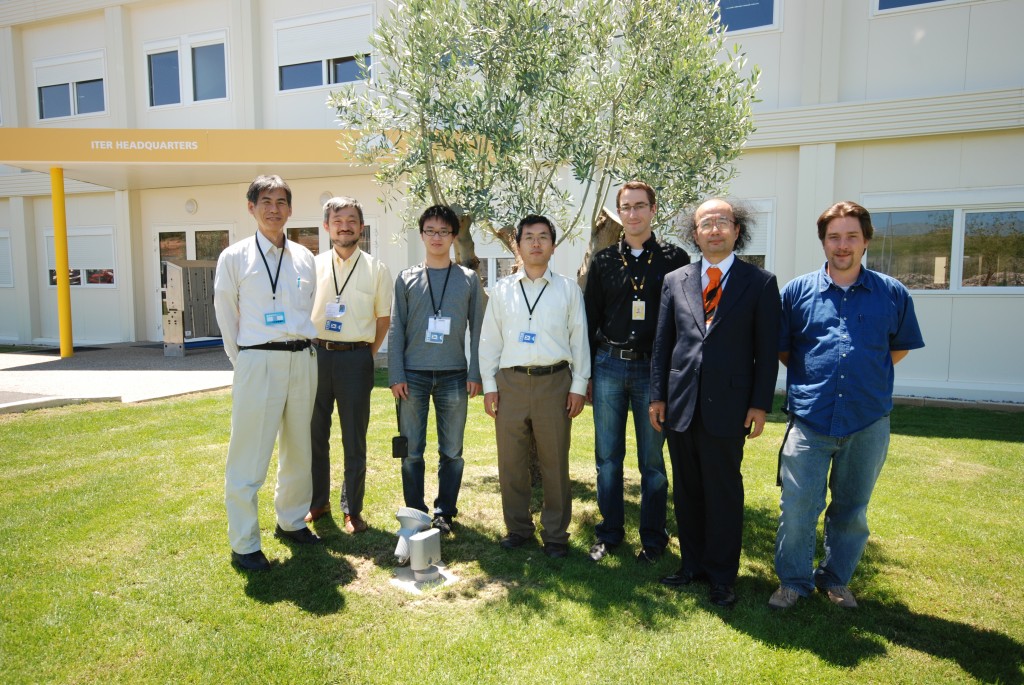ITER NEWSLINE
88
A "Ferrari" on the information highway
Robert Arnoux
A "Ferrari" on the information highway

Professor Hiraki and his team came to test their record-breaking data transfer technique at ITER.
A team of Japanese scientists, headed by Professor Kei Hiraki from the University of Tokyo, has developed network enhancement methods that amount to trading the bicycle for a Ferrari. This technology was successfully deployed at the Japanese National Institute for Fusion Science (NIFS). The "Ferrari" recently broke the world record of long-distance data transfer previously held by CERN. Prof. Hiraki was interested in testing it at ITER, where considerable amounts of data need to be exchanged with the Domestic Agencies.
Visiting ITER during the week of 8-12 June, Hiraki and a team of network experts from NIFS managed to increase the best transfer rates by a factor 20, from 40 Megabytes per second to 800. In the coming months, ITER IT plans to establish a "proof of principle" of this high-speed transfer between Headquarters and the Japanese Domestic Agency. "It is good to have it as an option," says Hans Werner, "even though we will only fully need it when we reach the operation phase."
return to Newsline #88


